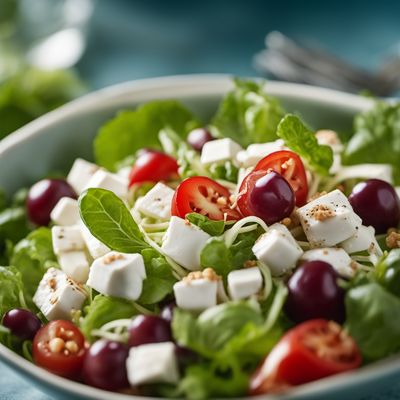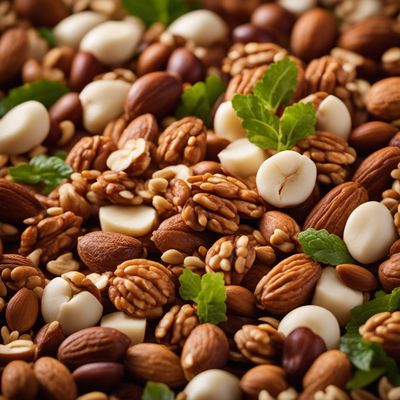
Ingredient
Salads
The Art of Salad Creation
Salads are a culinary creation that allows for endless creativity and customization. They typically consist of a mixture of fresh vegetables, fruits, proteins, and dressings, providing a balanced and satisfying meal. Salads can be light and refreshing or hearty and filling, making them suitable for any occasion or dietary preference.
Origins and history
The concept of salads dates back to ancient times, with evidence of their existence in ancient Rome and Greece. Salads have evolved over the centuries, adapting to different cultures and culinary traditions. They have become a staple in modern cuisine, offering a healthy and flavorful option for meals.
Nutritional information
Salads are known for their nutritional value, as they are packed with vitamins, minerals, and fiber. They are low in calories and can be a great way to incorporate a variety of vegetables and fruits into your diet. The nutritional content of a salad depends on the ingredients used and the dressing chosen.
Allergens
There are no known allergens associated with salads. However, individuals with specific food allergies or sensitivities should be cautious and avoid ingredients that may trigger an allergic reaction.
How to select
When selecting ingredients for salads, choose fresh and high-quality produce. Look for vibrant colors, firm textures, and crisp leaves. Avoid wilted or bruised vegetables and fruits. Organic options are recommended to minimize exposure to pesticides and chemicals.
Storage recommendations
To maintain the freshness and crispness of salads, store them in airtight containers or salad spinners in the refrigerator. Keep the dressing separate and add it just before serving to prevent the salad from becoming soggy. Use within a few days for optimal taste and texture.
How to produce
Salads can be easily produced at home by combining a variety of ingredients. Start with a base of leafy greens or grains, add a selection of vegetables, fruits, proteins, and toppings, and finish with a flavorful dressing. Experiment with different combinations to create your own signature salad.
Preparation tips
When preparing salads, ensure that all ingredients are washed thoroughly before use. Cut vegetables and fruits just before serving to retain their freshness. Toss the salad gently to evenly distribute the dressing and toppings. Add proteins or grains for a more substantial meal.
Culinary uses
Salads are incredibly versatile and can be customized to suit different tastes and dietary preferences. They can be enjoyed as a light appetizer, a refreshing side dish, or a satisfying main course. Salads can be served cold or at room temperature, making them suitable for picnics, barbecues, or packed lunches.
Availability
Salads are available worldwide and can be found in various cuisines and cultures. Different regions may have their own unique salad recipes and flavor combinations.
More ingredients from this category » Browse all

Mixed vegetable salad
Vibrant Medley: Exploring the Colors and Flavors of a Mixed Vegetable Salad

Prepared mixed egg/meat/fish/vegetable salad
Savory Medley: A Delectable Combination of Eggs, Meat, Fish, and Vegetables

Ceasar salad
The Classic Caesar Salad: A Timeless Delight

Prepared pasta salad
The Versatile Medley

Fruit salad
Bursting with Freshness: The Delightful World of Fruit Salad

Greek salad
The Fresh and Vibrant Greek Delight

Mushroom salad
Savory Delight: Exploring the World of Mushroom Salad

Prepared nut salad
"Crunchy Delight: Exploring the World of Prepared Nut Salad"

Prepared legume (beans) salad
"Bean Medley Delight: A Vibrant and Nutritious Prepared Legume Salad"

Prepared meat salad
Savory Delights: Exploring the World of Prepared Meat Salad

Prepared rice salad
The Wholesome Grain Medley

Mixed green salad
A Symphony of Freshness